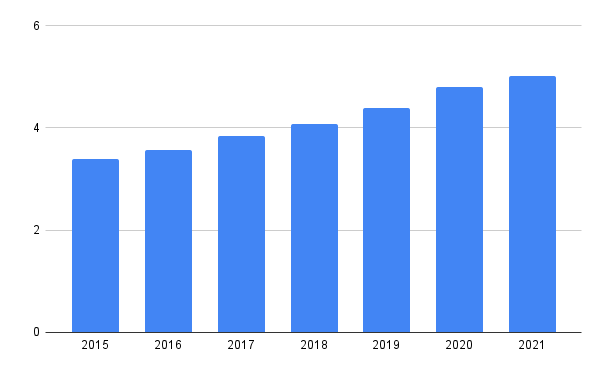More Options, Less Choice? OA Is Complex
For many researchers, there has never been greater complexity or pressure in attempting to publish their findings. The number of journals available to them keeps growing, and now there are platforms and repositories onto which they can make their research available to more people than ever before via increased Open Access (OA) availability. However, with these increased options there can often appear to be less choice, depending on what you are researching and where you are doing it.
If you are a researcher in the humanities or social sciences, if you are based in the Global South, or if you are developing a wholly new approach that has not been tried and tested before, you may find that your choices are still limited when it comes to publishing your research. Understanding the best pathways open to you, as well as having a wider understanding of the scholarly communications universe, should therefore pay dividends as you try and find your way.
For librarians too, the proliferation of choices can cause their own problems. The fact that most articles are now Open Access - according to Dimensions data, of the 5.02 million articles published in 2021, 2.89 million (57.6%) were OA - on the one hand offers the researchers librarians support more articles to access, but it also lessens their ability to monitor and advise on what content offers the best resource, as it doesn’t form part of their library’s collection. Added to that are the plethora of multi-coloured OA options authors have to choose from when it comes to publishing their research, which can often fall to librarians to advise on as part of their expertise in this area.
Recent Study

In May a study was published in PLOS ONE which could help support authors and librarians alike on these issues, as it investigated the availability of Open Access publications across two major databases: DImensions from Digital Science and Web of Science from Clarivate Analytics. The authors were keen to understand the coverage offered in light of the growing number of OA mandates authors have from their governments, institutions or funders. As they comment, the accurate measurement of OA publishing is an important policy issue.
The authors looked at coverage of OA publications in the period 2015-2019, and found that there were 2.7 million more publications indexed in Dimensions than in Web of Science. This is significant for researchers, as it points to further accessibility options via Dimensions than one of its major competitors. But what the study did not show was an up-to-date overview of just how many articles are being published overall. In the period the study focused on, the total number of articles published and identified via Dimensions grew from 3.39 million in 2015 to 4.39 million in 2019. This trend continued into 2020 when 4.80 million articles were published, but interestingly these numbers then plateaued slightly with only 5.02 million articles published in 2021.
Aside from sheer numbers, the study’s authors also identified that there was a wider diversity of research available from different regions of the world via the Dimensions database, with “strong differences” seen between it and Web of Science when looking at regional output.
Publications strategy
For researchers, this kind of information can form a key part of their publications strategy. Understanding which journals are cited the most has formed one major piece of such a strategy traditionally, but the increased complexity and options available highlighted by the study may require authors to adopt a more nuanced approach. Maximising use of either Dimensions or Web of Science should undoubtedly be part of this, and this can be achieved by looking deeper into the wealth of data that is on offer, while being cognisant of the size and coverage of each database.
For librarians, utilising the data such databases make available can help frame the big picture for their researchers, particularly when it comes to developing trends such as flattening article output, growth of OA options and relative availability of research via certain regions or academic disciplines.
For everyone else, the clear move towards OA and availability of research is tempered by the complexity and shifting nature of where and how that research has been published. It behoves all of us to make use of research about research, as it could be some of the most valuable research of all.
